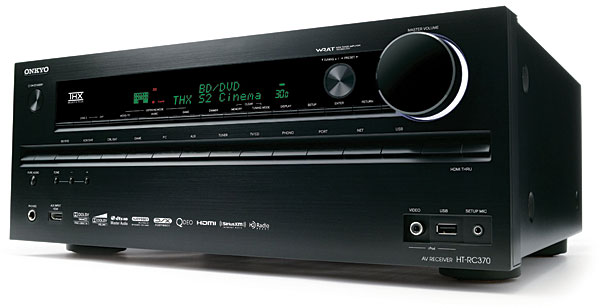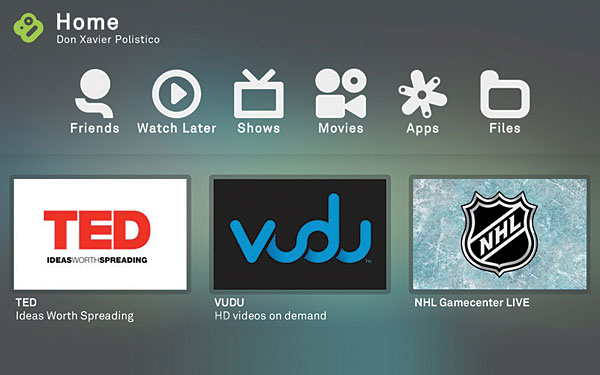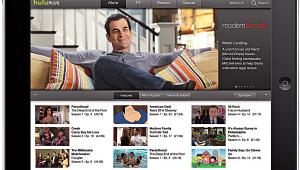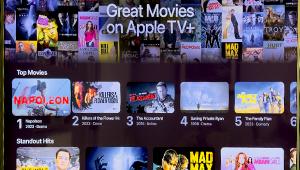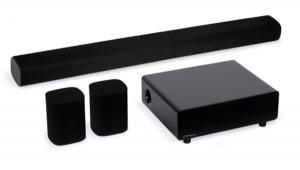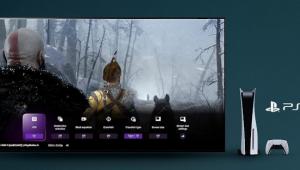Ethernet over Power is one of my favorite technologies to come along for the Custom Installation market.
In terms of "working consistently" I have found that the "Powernet" product from Monster, while expensive, is about as bulletproof as it gets for network signal integrity.
The thing that I like most about the Monster product is that the unit gives you two electrical outlets on the unit, so you do not lose the functionality of the outlet itself (also now you have two SURGE PROTECTED outlets, instead of before where you just had power).
To me the ability to "add internet" into any room in the house for $150 is a great value. No messy holes in the wall, extra value for your outlets, and a hardwired ethernet line are all huge benefits for the home network. Add in any brands ethernet switch or go with the Monster Powernet EoP switch and get 1 in 4 out capabilities.
Yes its an expensive entry ($300 MSRP for the starter kit), but the flexibility, convenience, and performance of the unit justify the price.
FWIW - I am not a Monster Fan Boy, I just wanted to get the best ethernet connection I could in my bedroom without tearing up the house, and I didn't want to lose my walls AC outlets.
